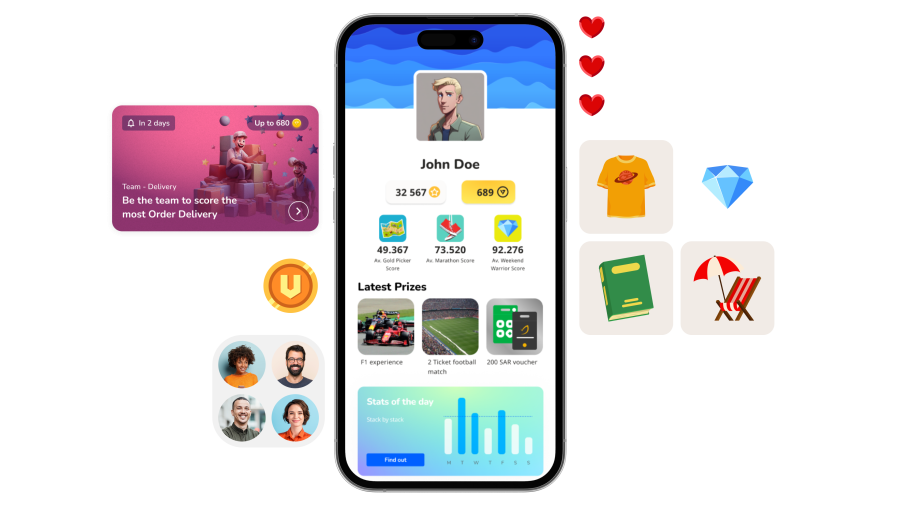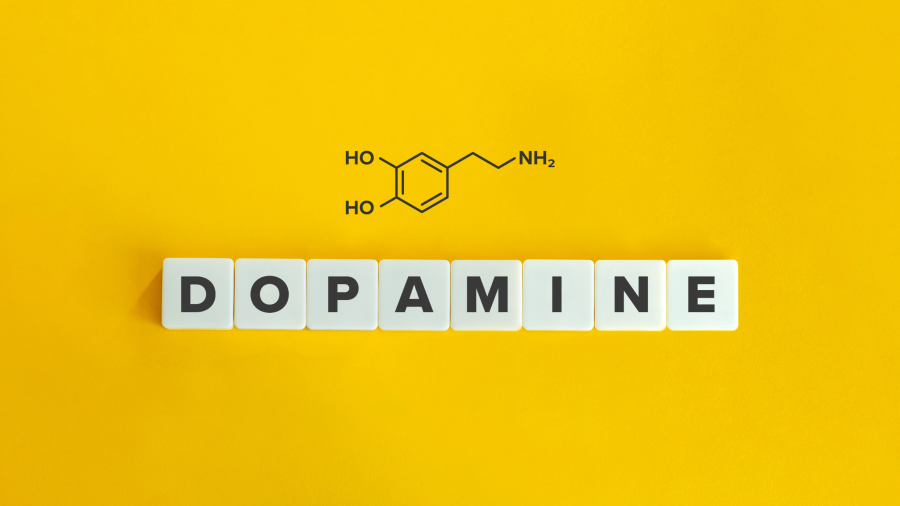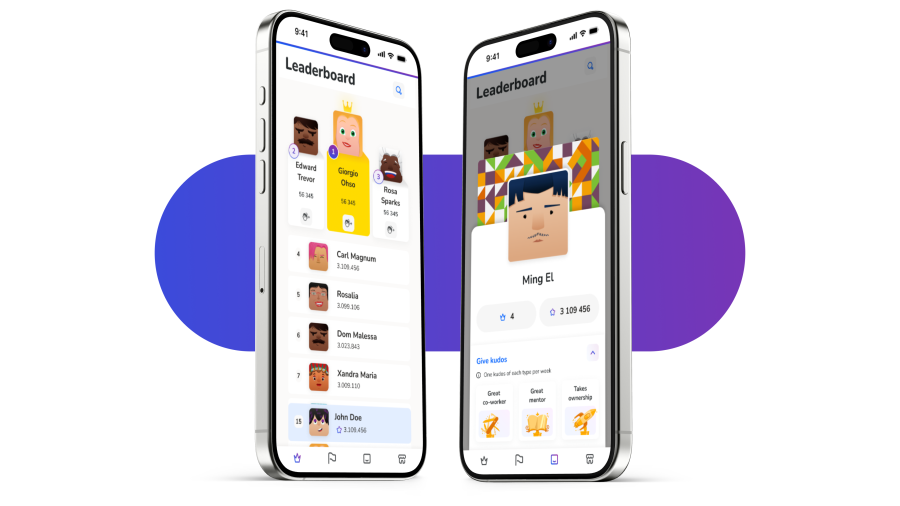Learn how game mechanics, rewards and motivation strategies influence employee engagement.

Back to Blog
Surely, at some point in your life, you have asked yourself about the reasons behind your actions, or inactions. Also, if you have children, you are always negotiating with them. You hope to influence their behavior and choices.
But how does this work, really? Which factors impact or influence our behavior?
If you look for answers, you will find several different theories. We have Maslow’s Hierarchy of Needs, developed in 1943, and the more recent Self Determinations Theory, which investigate the processes and factors that drive our behavior.
In the last twenty years, neuroscience has greatly improved our understanding of human behavior. It has shown us what drives behavior and how we can change it.
There are many factors that motivate us. These factors can be internal or external. Some are within our control, while others are not.
Motivation in the workplace is a unique category. When building vaibe, we understood these psychological principles were key to designing effective gamified experiences.
Let’s take a closer look at some of these principles?
Intrinsic and extrinsic motivation
Our motivation can come from inside or outside us. A simple desire, curiosity, interest, or the challenge of pushing yourself may move you. Extrinsic motivators are outside factors that encourage us to do well on tasks. They include rewards, money, grades, and social recognition.
vaibe leverages extrinsic motivators through its gamification elements—points, coins, badges, and leaderboards. These rewards create a system that drives behavior from the outside, encouraging employees to engage more deeply and consistently.

Let’s explore an example to illustrate how gamification plays a key role in enhancing extrinsic motivators in a supply chain environment. Employees might be motivated by receiving recognition for excelling in key performance metrics, such as consistently meeting delivery deadlines or optimizing logistics processes.
For instance, a team that consistently achieves the highest efficiency in order fulfillment could receive public recognition or special rewards. Additionally, performance can be showcased on a leaderboard—highlighting top performers in areas like on-time shipments or cost-saving initiatives.
This visibility and recognition boost engagement and drive productivity. By incorporating these external rewards, gamification encourages employees to continuously strive for excellence, contributing to a more efficient and effective supply chain operation.
Dopamine
Dopamine is a neurotransmitter that plays a critical role in our sense of reward and motivation. When we do something we find rewarding, dopamine is released in our brains. This can be an internal or external reward. That creates a feeling of satisfaction and encourages us to repeat the same behavior.

Gamification uses this “dopamine reward loop” to keep employees motivated and engaged, encouraging them to come back for more. For instance, imagine a call center implements a gamified performance management system where employees earn points for metrics such as achieving high customer satisfaction scores, resolving issues quickly, or handling a high volume of calls. These points contribute to their ranking on a leaderboard, and top performers are recognized with coins that can be redeemed for tangible prizes.
This system leverages the dopamine-driven pleasure of earning rewards to maintain employee motivation. The immediate feedback from seeing their performance and accumulating rewards stimulates dopamine release, which drives employees to continue performing well and striving for higher goals. The anticipation of rewards and the satisfaction from achieving them reinforce positive behaviors and engagement.
Goal setting and achievements
Humans are naturally goal oriented; this is simply how our brains work. Gamification uses clear objectives, progress tracking, and milestones to fulfill this psychological need. Achieving goals, even the smallest ones, brings a sense of accomplishment, which will motivate us to keep striding.
Social recognition
At vaibe, we developed several social elements, like leaderboards, team challenges, kudos and public achievements, which tap into our need for social comparison and recognition.
Competing with others or working together towards a common goal can enhance motivation and commitment, and a little friendly competition is a guarantee of fun!

As we can see, there are several factors that come into play when we want to motivate someone, so understanding what motivates people is key to a successful gamification strategy. The better you know your audience, the more likely your gamification strategy will be successful.
This is why we are sure that the managers and supervisors, who become the Game Masters in vaibe, are the best ones to tailor-design the most engaging challenges and give away the most enticing rewards, promoting healthy engagement in the workplace. That’s why we believe managers and supervisors, stepping into the role of Game Masters in vaibe, are ideally positioned to create tailored, engaging challenges and offer meaningful rewards that drive healthy workplace engagement.
Ready to boost employee engagement and productivity with gamification? Discover how our approach can elevate your workplace dynamics. Connect with us to learn more!
About Maria Drummond
Research and Design Lead @vaibe
Holds a degree in Psychology and and has been in Tech since 2017, specializing in content, research and product development. Leads the Design team @vaibe, turning data to insights, and those into a great product and an awesome user experience.

Find out more about how vaibe gamification boosts operational efficiency in Supply Chain & Logistics with gamification.
Explore the transformative power of gamification. Actionable strategies and real-world examples to improve your workplace.
Explore gamification in daily life through fitness, retail, and education with “invisible games” examples.